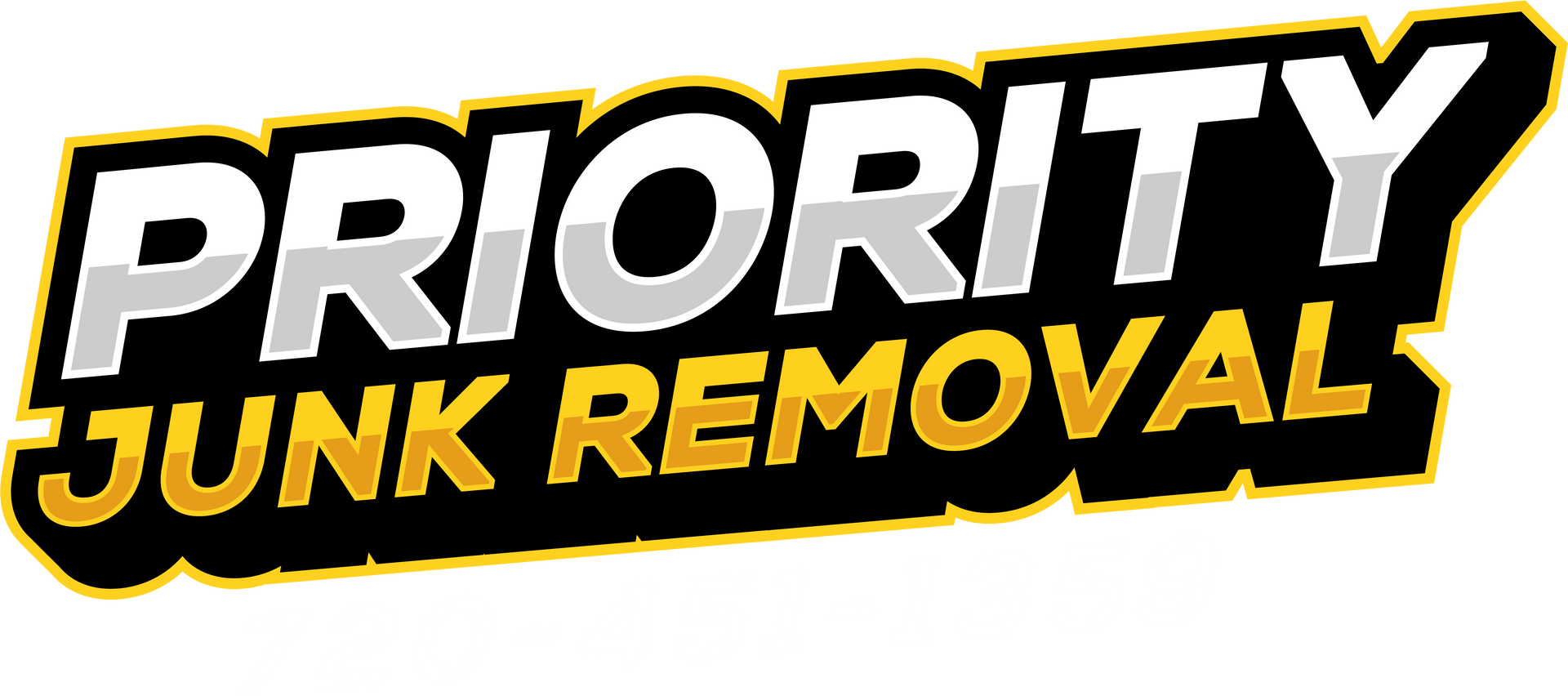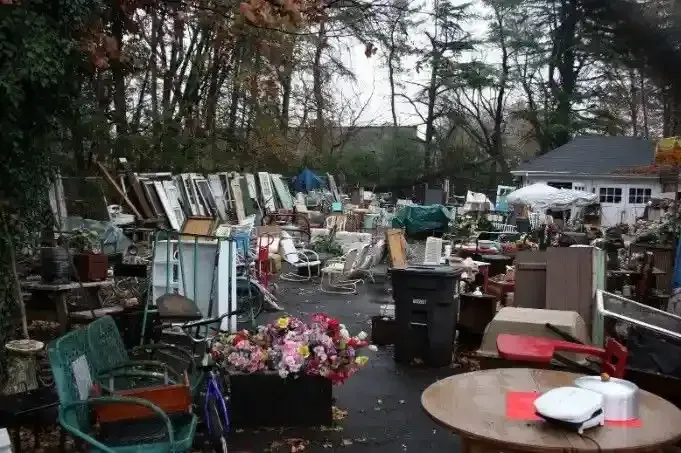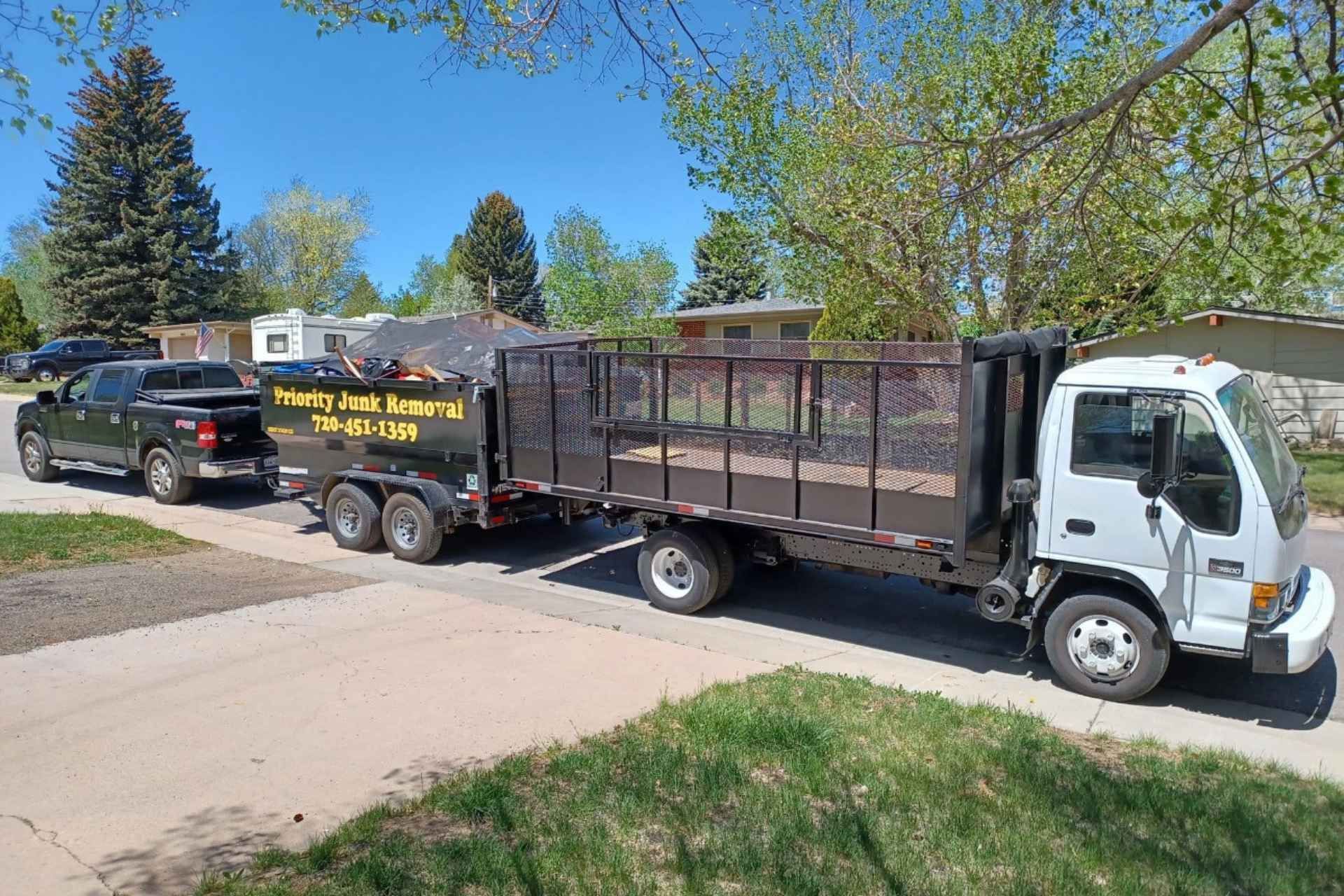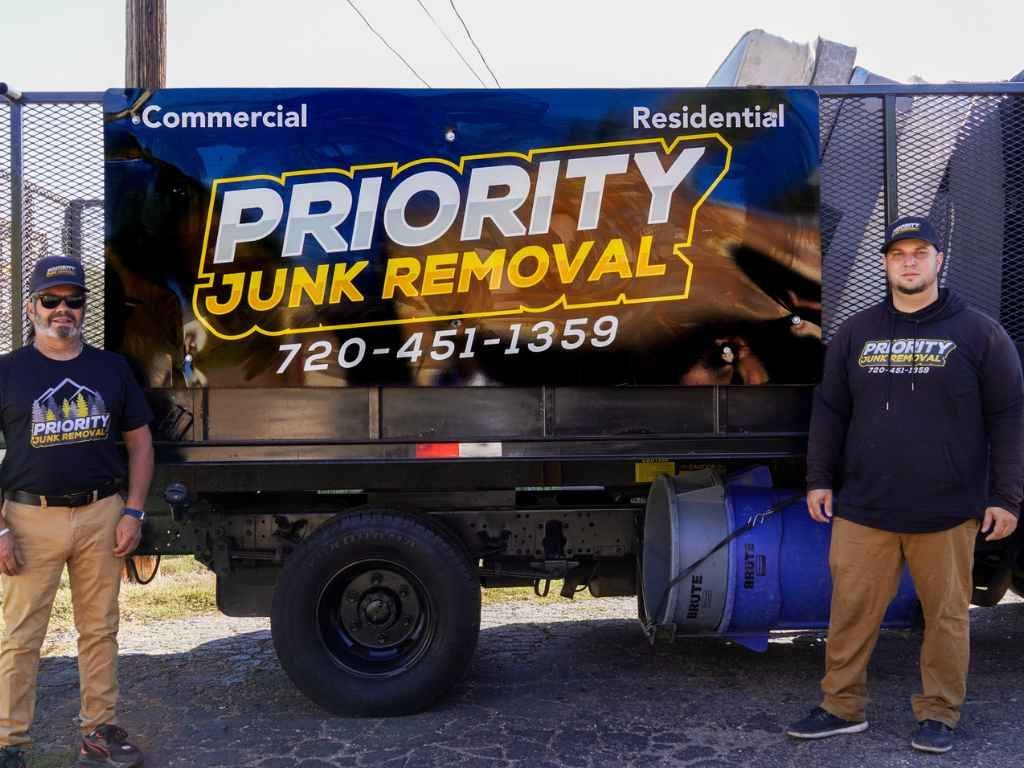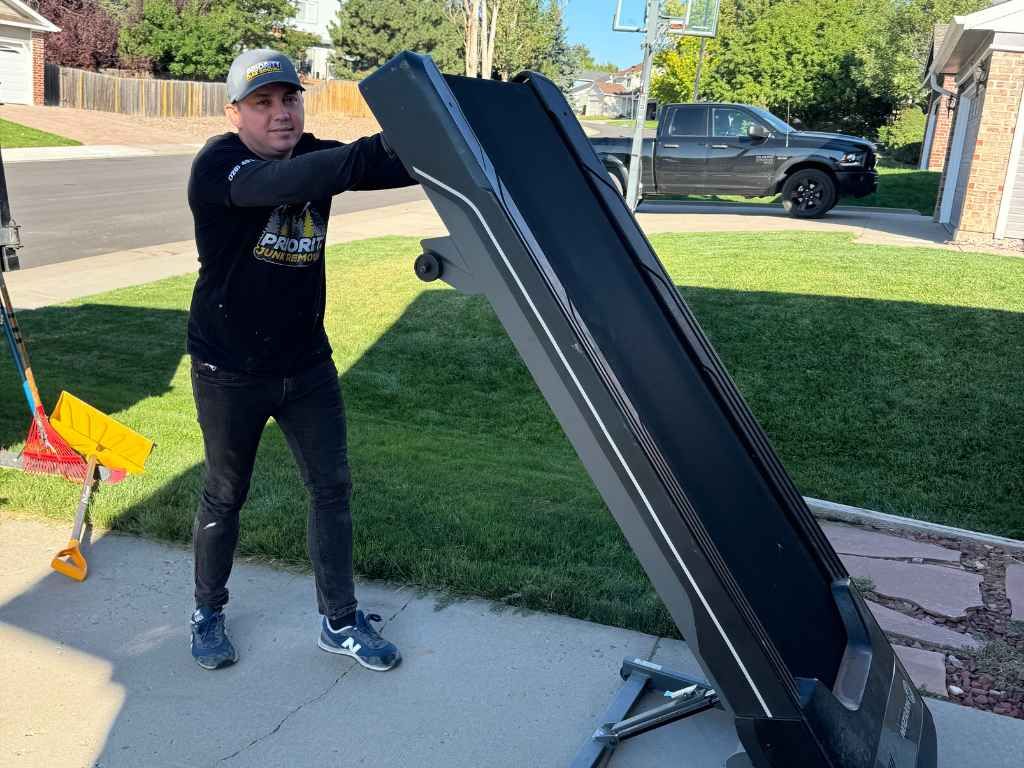Hot Tub Removal Made Easy: Tips and Tricks
Relaxing in a bubbling hot tub after a long day is a luxury, but when that once-beloved spa becomes an eyesore or a burden, it’s time to say goodbye. Removing a hot tub might seem daunting, but with the right approach, you can clear up space in your backyard or patio without unnecessary hassle. Whether you’re upgrading to a new model or reclaiming outdoor space, understanding the process ensures efficiency and safety. This guide will walk you through essential tips and tricks for efficient hot tub removal while highlighting eco-friendly disposal options and the benefits of professional services.
Understanding the Challenges of Hot Tub Removal
Before diving into the process, it’s crucial to recognize why hot tub removal is not as straightforward as hauling away an old chair. Hot tubs are bulky, heavy, and composed of multiple materials, including fiberglass, plastic, metal, and electrical components. Additionally, they often require professional assistance to disconnect water and power lines safely.
A standard hot tub can weigh between 500 to 1,000 pounds when empty, making it nearly impossible to move without proper equipment. Add in water weight, and you’re dealing with an even more formidable challenge. Their unique design also makes disposal tricky, as different parts require distinct handling methods. Without proper planning, hot tub removal can result in damage to your property or personal injury, which is why understanding the steps beforehand is essential.
Assessing the Condition of Your Hot Tub

If your hot tub is in working condition, consider selling it online or donating it to someone who may benefit from it. Local community groups, charities, or online marketplaces like Craigslist and Facebook Marketplace can connect you with potential buyers or recipients. Even if it requires minor repairs, many DIY enthusiasts may be interested in taking it off your hands.
However, if your hot tub has severe structural damage, persistent leaks, or irreparable mechanical issues, removal and disposal become the best options. Some older models contain materials that are difficult to recycle, so it’s crucial to research environmentally friendly disposal methods to reduce waste and minimize the impact on landfills.
Step-by-Step Guide to Hot Tub Removal
Disconnecting Utilities
Before you even think about dismantling your hot tub, the first step is to cut off all utility connections — electricity and water — to prevent accidents and damage. Skipping this step could lead to electrocution, flooding, or hazardous spills, so take your time and do it right.
Power Disconnection
Start by locating the circuit breaker that controls the hot tub’s electrical supply. Flip the switch to the "off" position, and don’t just trust that it worked — use a voltage tester to confirm that there’s no live current running to the hot tub. If your hot tub is hardwired into your home’s electrical system (instead of being plugged into an outlet), you may need to call a licensed electrician to disconnect it safely. Electrical mishaps are no joke, and it's always better to be cautious.
Water Drainage
Once the power is off, it’s time to drain the water. Attach a garden hose to the hot tub’s drain valve and direct the water to a safe area, like a storm drain or your yard (away from your home's foundation). If your hot tub is large or the drainage is slow, using a sump pump can speed up the process. These pumps are designed to handle large volumes of water quickly, saving you from standing around for hours waiting for it to drain. Also, be mindful of any leftover water in the pipes — a quick tilt of the tub can help release any lingering pockets of water.
Dismantling the Hot Tub
With the utilities safely disconnected, it’s time to get hands-on with the dismantling process. Since hot tubs are bulky and heavy, moving them in one piece is often unrealistic. Breaking it down into smaller, manageable parts will make the removal process smoother and safer.
Removing Panels and Skirting
Most hot tubs are surrounded by side panels, typically secured with screws. Use a screwdriver or drill to remove these panels and set them aside for disposal or repurposing. If the panels are in good shape, you might be able to reuse them for a DIY project or even list them for sale. Removing the panels also gives you access to the internal frame and plumbing, which you’ll need to detach next.
Cutting the Tub into Sections
If the hot tub is too large or heavy to move intact, you’ll need to cut it into sections. A reciprocating saw is ideal for this job. Make sure to wear protective gear — gloves, goggles, and a dust mask — since cutting through fiberglass and acrylic can release fine particles that are harmful to your skin and lungs. Start by cutting along the seams and breaking down the tub into manageable chunks. Take your time and keep the cuts controlled to avoid damaging reusable parts or creating sharp edges that could cause injury.
Handling Electrical Components
Hot tubs have various electrical parts, including pumps, heaters, and control panels, which need to be handled carefully. Some components may still be functional and could be sold or repurposed, while others might require special disposal due to hazardous materials.
Salvageable Parts
Before you start tossing everything into the trash, take a closer look at the hot tub’s internal components. Motors, jets, and control panels can often be reused or sold. Some specialty hot tub parts are in high demand, so you might be able to make some extra cash by listing them online or at a local salvage yard. Even the wiring and hoses may have scrap value. Carefully remove these parts and store them in a safe spot until you figure out what to do with them.
Hazardous Components
Older hot tubs might have heating elements or insulation made from materials that require special disposal. Contact your local waste management facility or recycling center for guidance. Some facilities have specific drop-off areas for electronic waste or hazardous materials. Proper disposal is essential not only for safety but also for environmental responsibility — you don’t want old chemicals or wiring leaching into the ground or water supply.
Transporting the Hot Tub
Now that the hot tub is cut down into manageable pieces, it’s time to get it off your property. Transporting large, heavy objects can be tricky, so proper technique and equipment are key to avoiding injury and property damage.
- Use a Dolly or Hand Truck : A dolly or hand truck is your best friend when moving heavy parts. Carefully load each section onto the dolly and wheel it to your truck or trailer. If the pieces are too big or awkward to handle alone, don’t hesitate to call in reinforcements — a couple of strong friends can make a world of difference. Protect your back by bending at the knees and using your legs to lift, not your back.
- Load and Secure Properly : Once you’ve gathered all the hot tub pieces, load them onto a truck or trailer for disposal or recycling. Secure the load with ratchet straps or bungee cords to prevent shifting during transit. Fiberglass and acrylic are prone to cracking, so keep the pieces cushioned and stable. If you’ve salvaged any valuable parts, transport them separately to avoid damage. Head to your local dump, recycling center, or specialty disposal site, and you’ll be rid of that old hot tub in no time.
Eco-Friendly Disposal Options
Instead of simply dumping your hot tub in a landfill, consider environmentally friendly disposal options:
- Recycling Centers: Many components, including acrylic shells, metal frames, and wiring, can be recycled. Contact local recycling facilities to determine which parts are accepted.
- Repurposing Materials: Some creative individuals transform old hot tubs into garden ponds, outdoor seating, or even raised garden beds. If you’re handy with DIY projects, consider giving your old tub a second life.
- Professional Junk Removal Services: Hiring professionals ensures responsible disposal with minimal environmental impact. A reputable junk removal service will sort materials and ensure that as many components as possible are recycled or repurposed.
Why Hiring a Professional Junk Removal Service is the Best Option
While a DIY approach might save money, it requires time, effort, and equipment. Professional junk removal services provide:
- Safe and Efficient Removal: Experts handle every step, from disconnection to hauling, ensuring no damage to your property. Their specialized equipment allows them to remove even the largest hot tubs with minimal hassle.
- Proper Disposal: Professionals ensure that parts are disposed of or recycled responsibly, keeping harmful materials out of landfills.
- Convenience: With the heavy lifting managed by experts, you can focus on what matters most, whether it’s upgrading to a new spa or redesigning your backyard space.
Conclusion
Hot tub removal doesn’t have to be a backbreaking endeavor. By following a strategic approach—disconnecting utilities, dismantling properly, and considering eco-friendly disposal options—you can clear up your space without unnecessary stress. For a hassle-free experience, professional assistance is always the best route.
If you’re in the Littleton, Colorado area, Priority Junk Removal offers expert hot tub removal services. Their team ensures quick, safe, and eco-friendly disposal. Contact them today at 6091 South Spotswood Street, Littleton, Colorado 80120, United States, or call 720-451-1359. You can also reach out via email at priorityjunkremoval@gmail.com for inquiries or to schedule a pickup.
